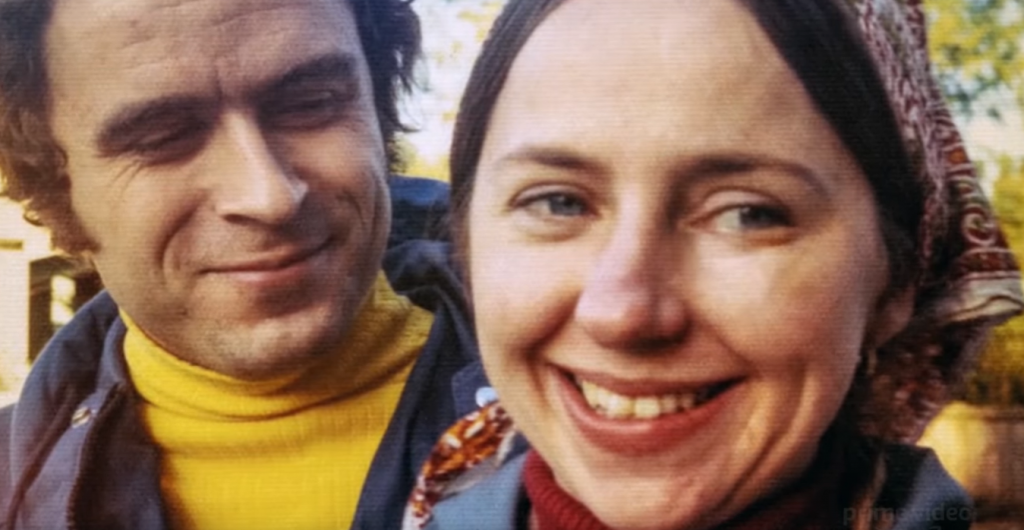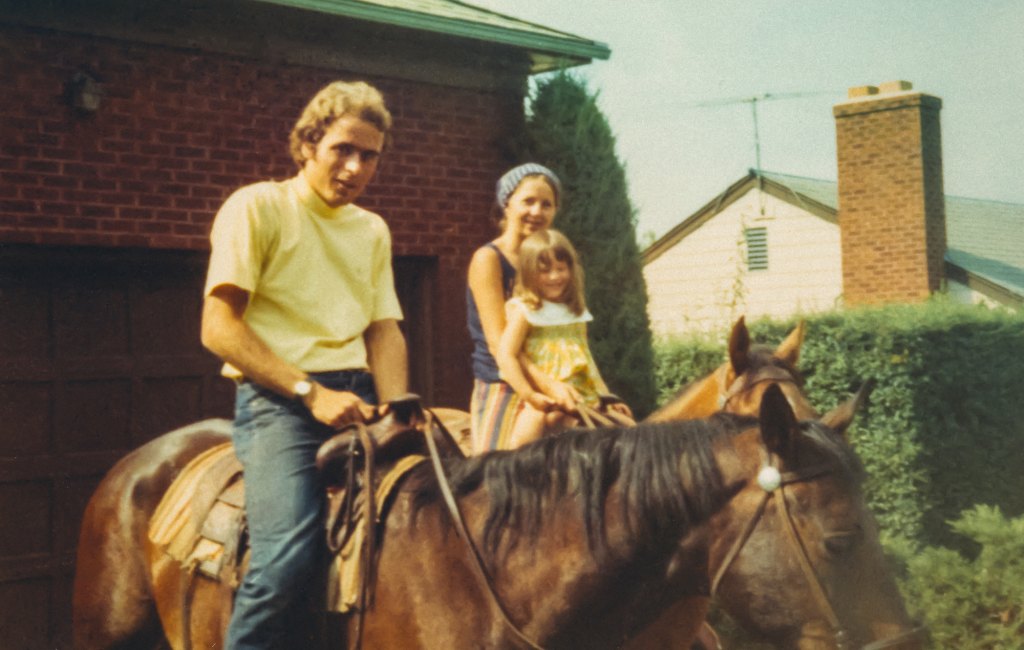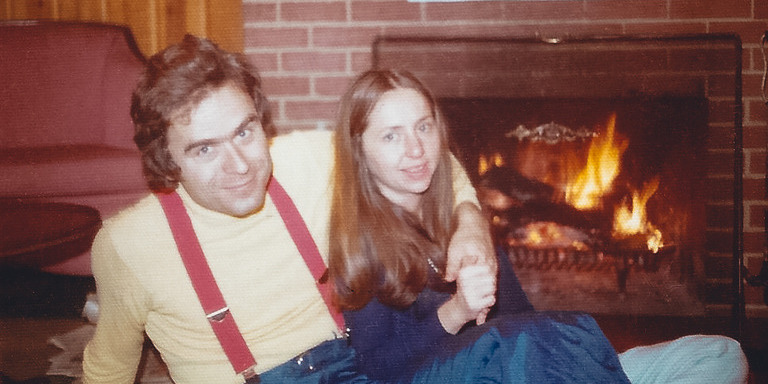If you’re interested in true crime and serial killers, chances are Ted Bundy was amongst the first names you heard about. Considered one the most notorious serial killers of the 20th century, Bundy continues to fascinate the masses as much as he horrifies them. Nothing about him screamed serial killer as Bundy was a charming, soft-spoken, well-educated law-student.
Yet Bundy’s confessions stated that he raped, killed and dismembered over 30 young women, with the youngest being only 12-years-old. His was the first televised trial in history, turning the notorious killer into an international media sensation overnight. For decades, media has glorified the man as “charismatic” and “evil”, turning him into some kind of hero of his story.
This remains true till date, with last year alone giving us Joe Berlinger’s ‘The Ted Bundy Tapes‘, followed by his ‘Extremely Wicked, Shockingly Evil and Vile’. Both of which highlighted the killer, almost glamorized him, instead of ever focusing on the victims. The latest offering on the man, ‘Ted Bundy: Falling for a Killer‘ is a much-needed breath of fresh air. The docuseries is the first one ever from the female perspective, and focuses primarily on the victims, survivors, and his long-term girlfriend, Elizabeth Kendall. SPOILERS ALERT!
Ted Bundy: Falling for a Killer Recap

The docuseries serves as a collection of narratives from the people, particularly the women, whose lives were impacted by Ted Bundy. It begins in 1969, five years before the killings, and traces the relationship Elizabeth and Molly Kendall shared with him. Liz moved to Seattle in ’69 with a 3-year-old Molly, and met Ted for the first time at a bar.
The three soon became a family, with Bundy as a father-figure to Molly. At the same time, it looks at the relationship his younger brother Richard shared with him. It also peeks into his professional journey, and includes the narratives of the people who taught him and hired him.
‘Falling for a Killer’ traces the beginning of Bundy’s attacks in January 1974, all the way to his execution in 1989. In the process, it looks at different women whose lives became entangled with his, directly and indirectly. These include the narratives of the survivors, and the family and loved ones of the several victims who didn’t have the same fate.
At the same time, the series ties his gruesome crimes against women to the larger picture by including the socio-political changes taking place at the time. These include the Women’s Liberation movement, and the birth of the Interstate Highway System. The series traces his journey as a charismatic, remorseless, cold blooded murderer. But instead of glorifying the man, it looks at the severely complicated, toxic situations the women in his life found themselves in.
Ted Bundy: Falling for a Killer Review

Let me just put this out there; ‘Ted Bundy: Falling for a Killer’ is THE most important Bundy documentary ever made. It adds a much needed lens to the life and crimes of the most notorious, often glorified, “Lady killer”, Ted Bundy. The series achieves this with such a great deal of sensitivity, without once glamorizing the man and his crimes.
Instead, it offers a comprehensive, rounded approach to his heinous acts, leaving you angered and disgusted at his brutality and remorselessness. For the first time, this is not Bundy’s story. It is the story of the women, those who made it and those who didn’t. From his first victim (and survivor) Karen Epley, who lost half her hearing and eyesight permanently, to his last; a 12-year-old school girl, Kimberly Leach, who was abducted from her school and raped, murdered and mutilated. These stories are meant to shatter your fascination for the man, shocking you with the ugly truth that media usually chooses to ignore.
By giving the ownership of the narratives to the women in his life, it offers a much needed change in the ways we choose perceive Bundy, especially during the time that marks 30 years to his execution. We learn about the complexities and sorrows encountered by Elizabeth and Molly, who were, in many ways, stuck victims of an abusive and manipulative relationship. Similarly, it brilliantly connects the man and his crimes to the larger socio-political changes taking place, by including the women from law-enforcement and media, who broke gender barriers, and were in some way or another involved in bringing justice to the victims.
‘Ted Bundy: Falling for the Killer’ is a much-needed loud wake-up call for us to look at these tragedies, as they are. For any true crime fan, the docuseries is a goldmine of knowledge. It makes the viewers realize that even for a cold-blooded psychopath, his actions become a part of the larger narrative. He exists as a part of our society and culture.
This is precisely why it becomes incredibly crucial to introduce the impact of Women’s Liberation Movement at the time. Not only did the political climate affect his crimes, his crimes in turn played a major role in the larger movement.
There was a reason why he targetted young, naive women/girls between the age of 12 and 22. It is the same reason why victims of sexual violence are largely girls around the age of 15. Such cases of violence occur widely in schools and colleges – institutions where they are guarded from the outside world, institutions where they are dependent on authority figures. These were the spaces that Bundy targetted. Gynocide is ultimately rooted in politics of gender and power, and so is rape and mutilation of women. All of which, Bundy was guilty of. We must realize these without glorifying Bundy for how soft-spoken and “charming” he was.
The five-part docuseries becomes all the more important at a time when we can still feel the ripples of the #MeToo movement. Media has for too long made use of raped and dead bodies of women as an essential component for “entertainment” in crime dramas. It’s about time to change that, especially when it comes to Bundy and his crimes. These were real women he killed who are merely remembered as sites of violence, without anyone knowing who they really were, their dreams, aspirations, kindness, and love. And this is precisely what ‘Falling for a Killer’ sets out to capture and achieve.
Even when we exclude the larger significance of the docuseries, ‘Ted Bundy: Falling for a Killer” is a brilliantly crafted collection of narratives. From its cinematography and aesthetics, to its archival footage and photographs, the series successfully manages to take us back to the 1970s, into the lives of the women whose lives were destroyed by Bundy. It may feel slightly slow at times. But it always has something new to offer, even for those of us who already know Bundy’s story. Well, it’s after all not just his story anymore.
Read More: Best Ted Bundy Movies


You must be logged in to post a comment.